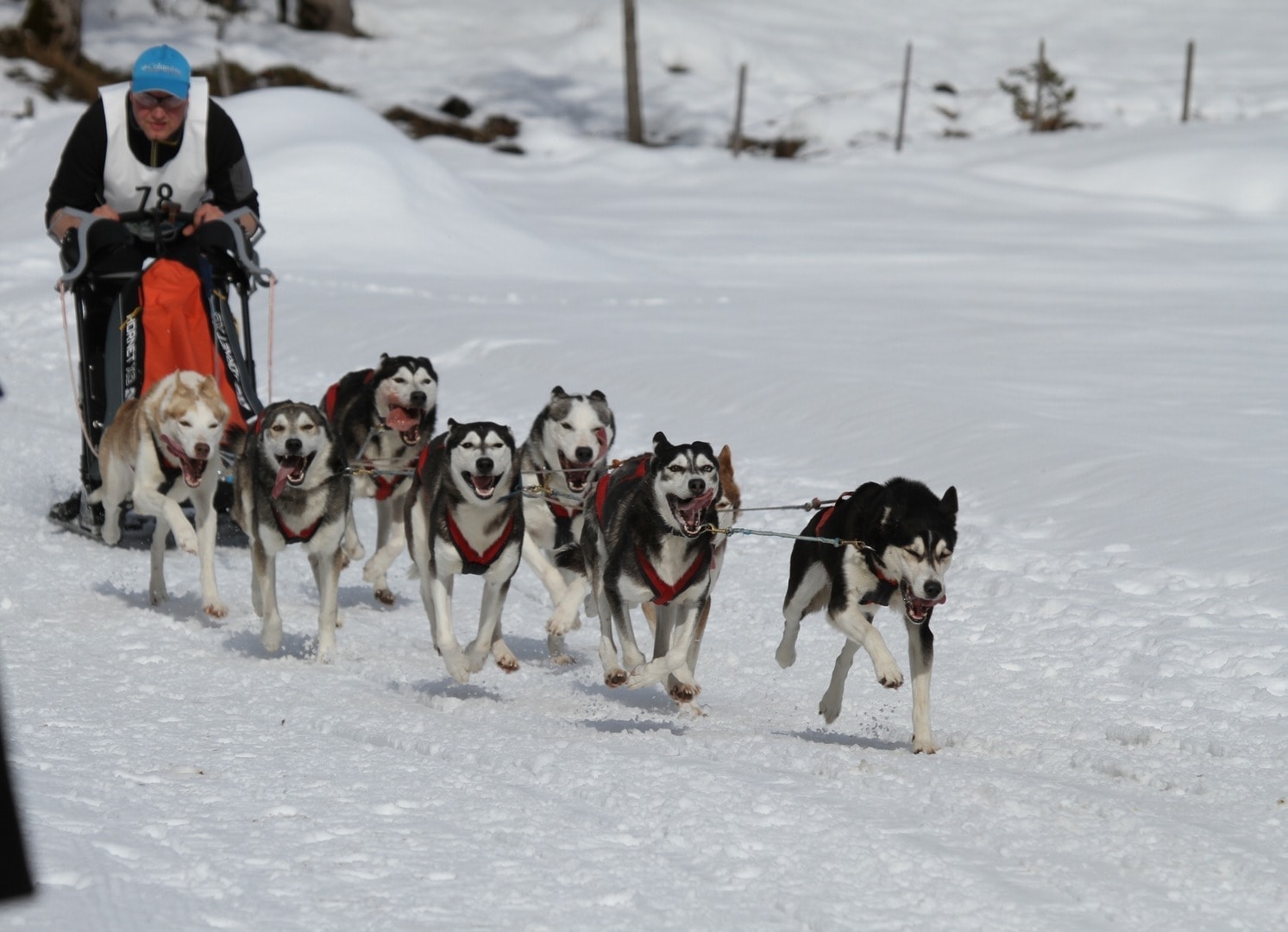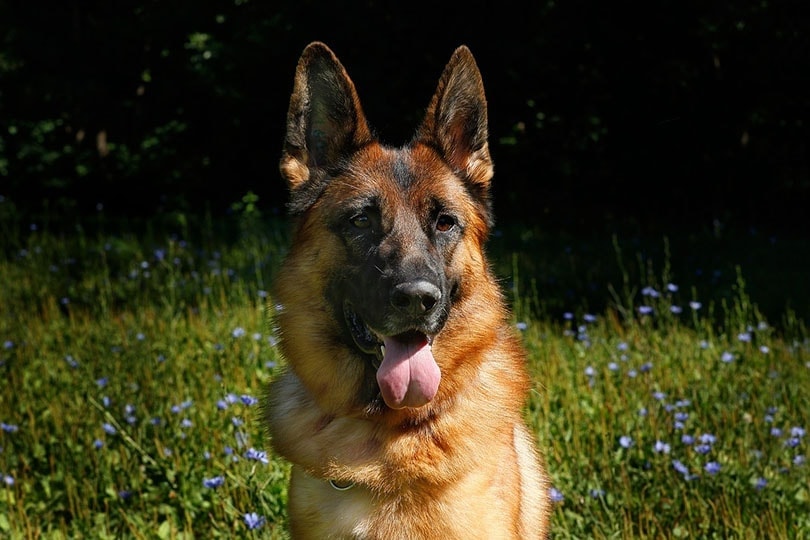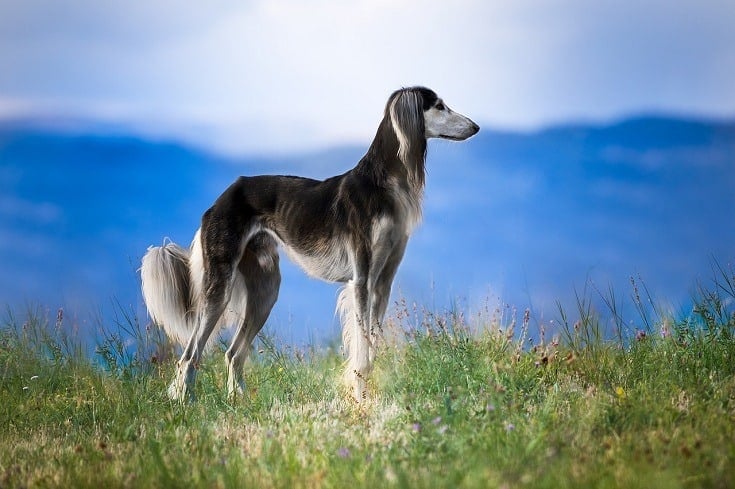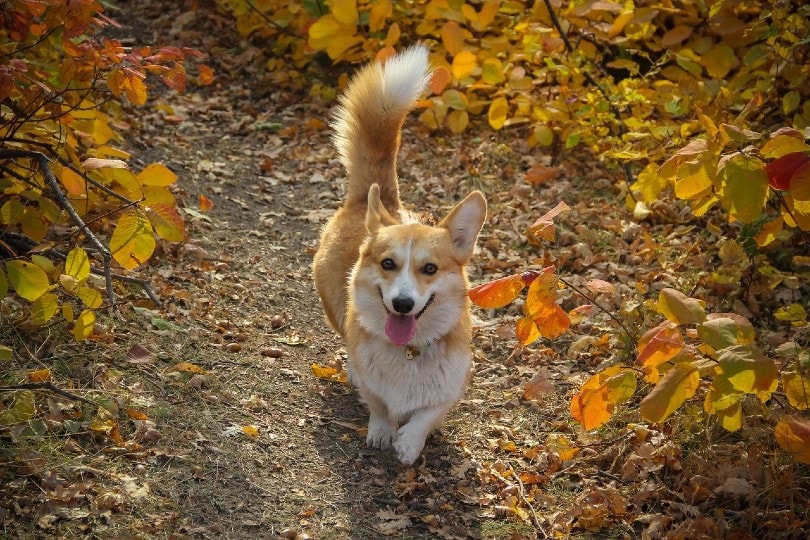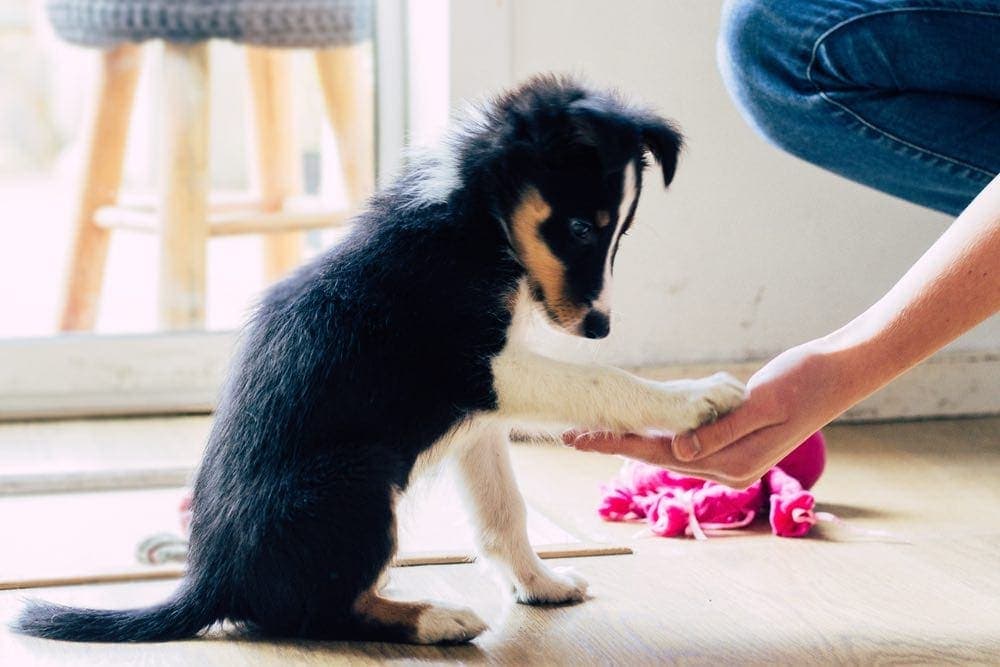Sled dogs have a long and distinguished history. They have been helping humans move around the Arctic and sub-Arctic regions for over 9,000 years. Until the development of snowmobiles, planes, and trucks in the 20th century, sled dog teams were an essential component of life in these regions.
Today, sledding has become a popular sport and tourist activity, and while there is less reliance on them for hauling goods, sled dogs can still sometimes be the best way to get emergency provisions into certain areas in extreme Arctic weather.
Throughout the years, people have used many different dog breeds as sled dogs, some more successfully than others.
Here’s an alphabetical list of the 12 types of sled dogs, complete with pictures and facts.
The 12 Sled Dog Breeds:
1. Alaskan Husky
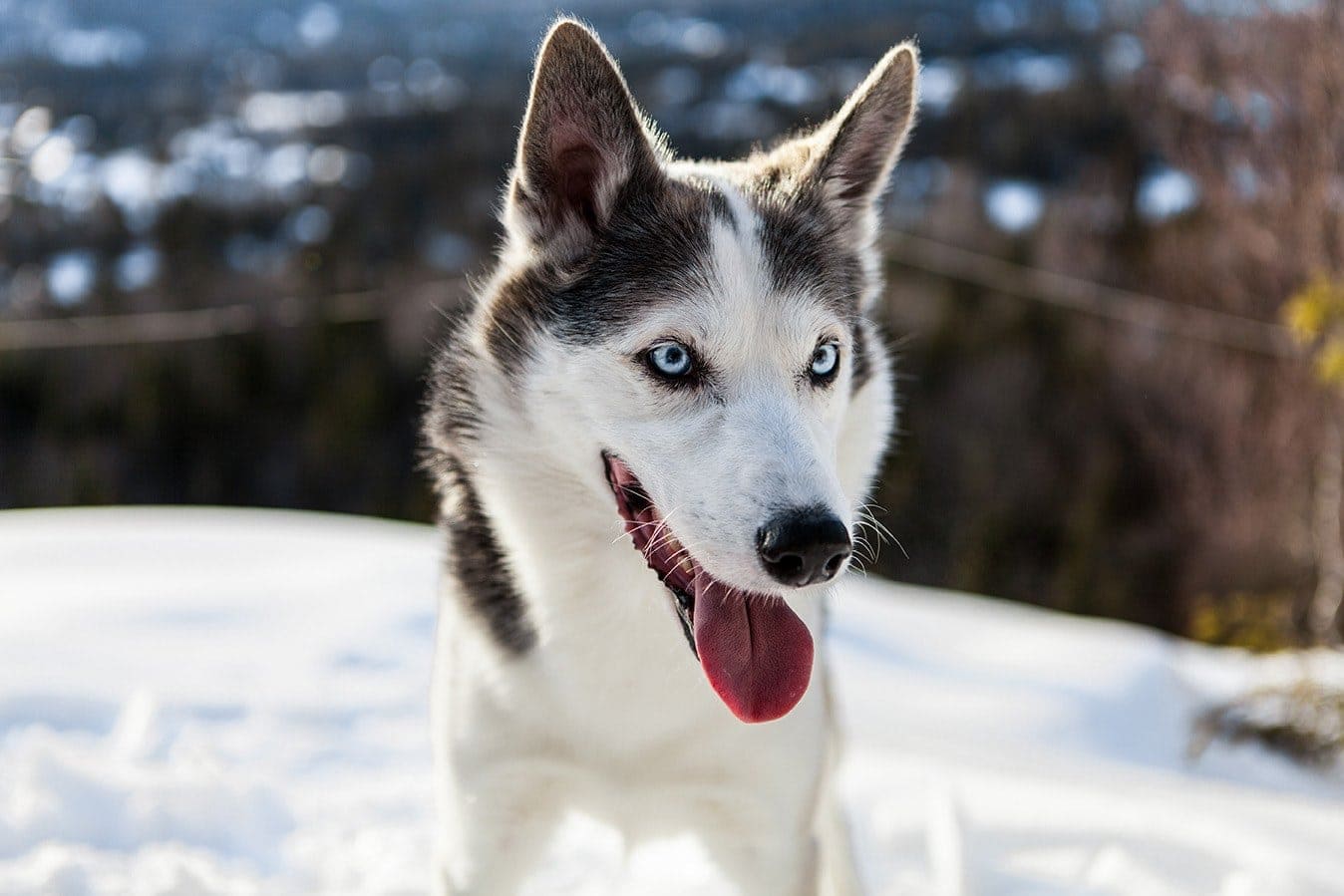
The Alaskan Husky is a mixed breed dog that has been specifically developed for their performance as a competition sled dog. Originally sharing a lineage with the Siberian Husky and the Alaskan Malamute, the breed has been crossed with several other dogs over the past 100 years, including English Pointers, Greyhounds, and German Shepherds, to improve their speed and racing ability.
Alaskan Huskies are still one of the most commonly used dogs in sled racing and are revered for their ability rather than for their looks or personalities.
2. Alaskan Malamute
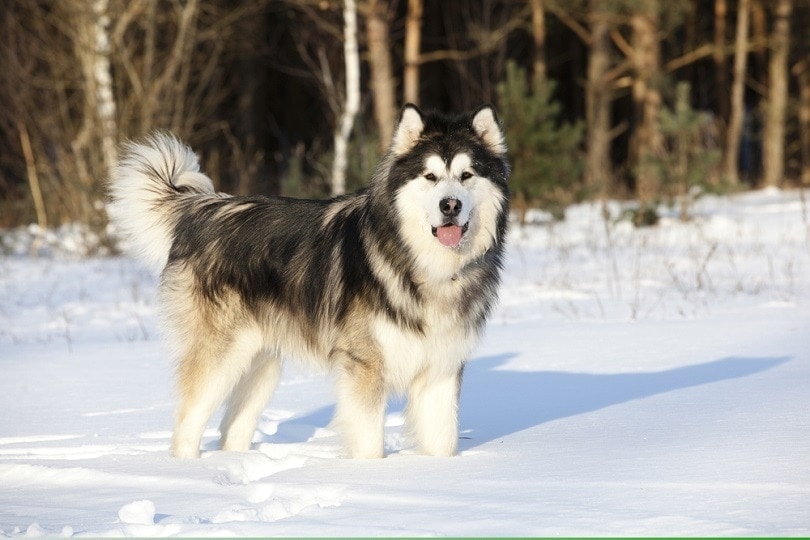
The Alaskan Malamute is a large, muscular, and immensely strong dog that was quite literally bred to be a sled dog and one of the oldest of the Arctic sled dog breeds. On the ice, Malamutes have long been revered for their strength, and while not the fastest of breeds, they made a name for themselves hauling heavy sleds.
Yet, to those living in the harsh Arctic conditions, these dogs became more than just sled dogs, and they often found themselves working, hunting, and living alongside their human companions.
Today, Malamutes are still used for personal travel and recreational sledding in Arctic regions. However, they have also become a popular family pet and can be found in homes across the globe.
3. Canadian Eskimo Dog
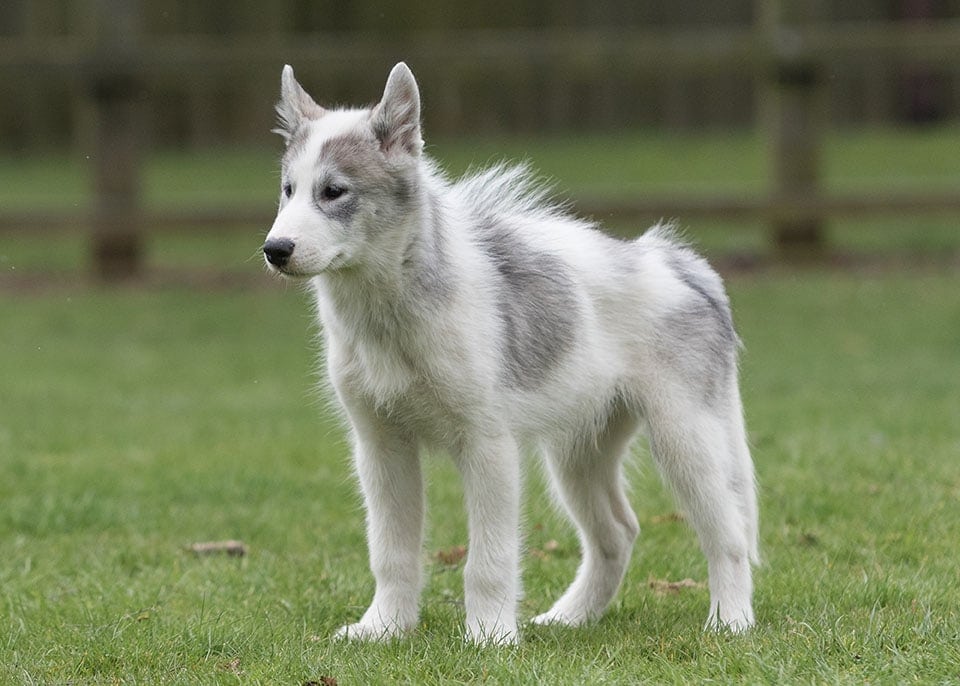
The Canadian Eskimo Dog, also known as the Exquimaux Husky, was originally bred as a sled dog by the aboriginal proto-Inuit of Arctic Canada. Over the years, the breed has been used both as a sled dog and as a hunting dog and was often used by Inuit hunters to help them catch seals and polar bears.
Despite having a long and distinguished history and being one of the few truly native Canadian dogs, the Canadian Eskimo Dog is not popular. In the late 1990s, it was thought that there were fewer than 500 dogs left in existence, and even today, they are considered to be one of the rarest breeds in the world.
4. Chinook
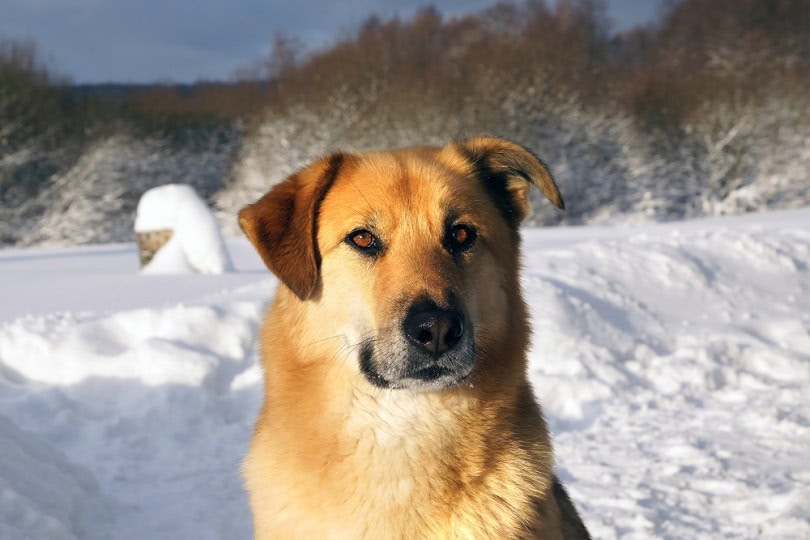
The Chinook is a rare breed of sled dog that was developed in New Hampshire in the early 1900s. They are a mixed breed dog that is a result of blending English Mastiffs, Greenland Dogs, German Shepherds, and Belgian Shepherds.
The breed has a strong, athletic look and over the years, has proven to be a highly trainable, intelligent, and hardworking dog. While some Chinooks are still used for recreational sledding, the breed is now far more popular as a family pet than as a working dog.
5. Greenland Dog
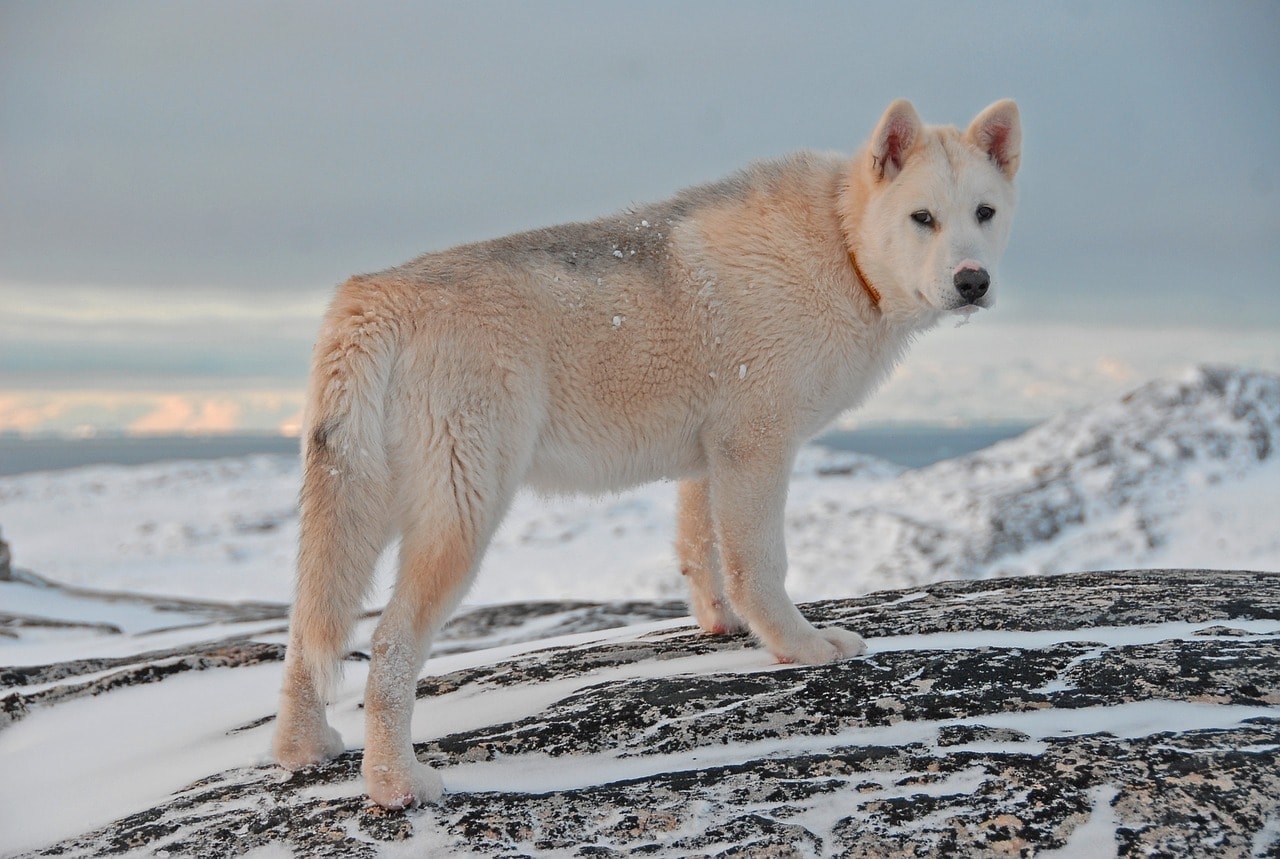
The Greenland dog is another extremely old breed that shares an ancient origin with the Canadian Eskimo Dog. These large, heavy, and powerful dogs have been a staple of Arctic sledding for centuries and are revered more for their strength and endurance than their speed over the snow and ice.
Greenland dogs have been popular sledding dogs across the entire Arctic region. They have also made a name for themselves in the Antarctic, where Roald Amundsen famously used them on his 1912 Antarctic expedition, during which he became the first person to reach the South Pole.
Today, the breed is considered to be a nationally important dog in Greenland, and several government projects have been initiated to ensure the survival of the breed and preserve Greenland’s dog sledding culture.
6. Greyster
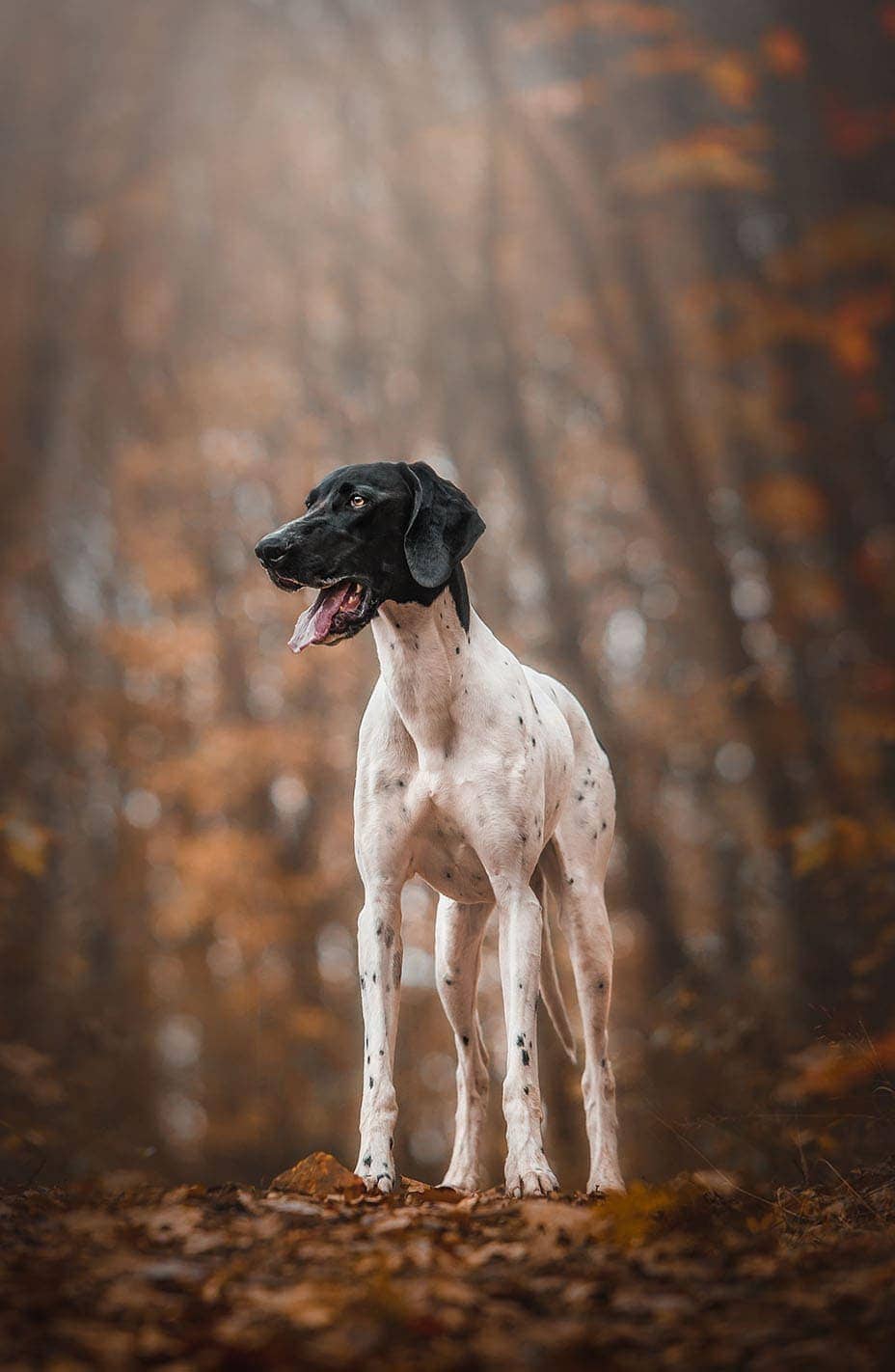
The Greyster is a hybrid breed that was developed in Norway in the mid-1980s and is the result of several crosses between the German Short Haired Pointer and the Greyhound.
The breed was conceived as an all-purpose sled dog and developed for their speed over ice and snow. They’ve gone on to become extremely popular dogs in the world of competition sledding.
7. Kugsha Dog
The Kugsha is a mixed breed dog that has a strong resemblance to a wolf. First developed at the Wolfen Kennels in Pennsylvania, it is believed that the Kugsha is the result of crossing a wolf-dog and a Siberian Husky.
The Kugsha has a reputation for being difficult to train and is known to have a touchy and at times, aggressive temperament, two factors that are thought to be responsible for the breed failing to gain any popularity as a family pet.
Despite their less-than-friendly temperament, Kugshas are known to be an exceptionally hardy and hardworking breed and have a solid reputation as a strong and energetic sled and guard dog.
8. Labrador Husky

Despite their name, the Labrador Husky is not a hybrid cross between a Labrador Retriever and a Siberian Husky, but rather a completely separate breed.
Though largely unknown, the Labrador Husky originates from the Labrador region of northern Canada, and they are thought to have descended from other northern breeds that moved to the area sometime in the 1300s. The Labrador Husky was a popular sled dog with the local indigenous Inuit people, who likely interbred these dogs with Siberian Huskies or Alaskan Malamutes to improve their sledding ability.
9. Mackenzie River Husky
The Mackenzie River Husky is not in itself a unique or recognized breed, but rather a group of overlapping mixed breed Arctic sled dogs from in the Alaskan interior. These dogs are usually long-coated, large dogs with long legs. Over the years, they have made a name for themselves for their ability to haul heavy freight in single file through deep snow.
10. Sakhalin Husky
The Sakhalin Husky is a Russian sled dog that is now practically extinct. As of 2015, there were only seven remaining Sakhalin Huskies known to exist, and it has been accepted that there are now insufficient numbers to allow for the genetic diversity needed for continued breeding.
Sakhalin Huskies were used by the Red Army as a sled and pack dog for a short while during the Second World War. However, due to the amount of salmon that they ate, this was a short-lived experiment. The breed was also used in an ill-fated Japanese research mission to Antarctica in 1958, in which 15 dogs where left behind, chained up to an outpost with a small amount of food when the researchers were evacuated. To the surprise of almost everyone, when researchers returned almost a year later, they found that two of the dogs had survived.
The Scandinavian hound is a modern hybrid that is the result of mixing a German Shorthaired Pointer with an Alaskan Husky. The resulting breed is used extensively in Scandinavia in sled racing and private sled-runs.
While the Scandinavian Hound takes longer to train and develop, the breed has had considerable success, and they are growing in popularity in the European sledding community.
12. Siberian Husky

Perhaps the most well-known of all the sled dog breeds, the Siberian Husky is a thick-coated, medium-sized sled dog with a reputation for endurance. In appearance, they resemble a shorter Alaskan Malamute, which is not surprising as the two dogs share similar ancestry.
Siberian Huskies are quick and nimble-footed and are born pack dogs. Unlike the Malamute, which enjoys spending time with their human family, Siberian Huskies love being with other dogs. Given the choice, they will happily remain curled up in the snow at night with their canine companions rather than go inside and sleep in the warmth.
The Siberian Husky was first brought to Nome, Alaska, in 1908 for sled-racing, and they have been a fixture of sledding in both Alaska and Canada ever since.
Featured Image Credit: PxHere

